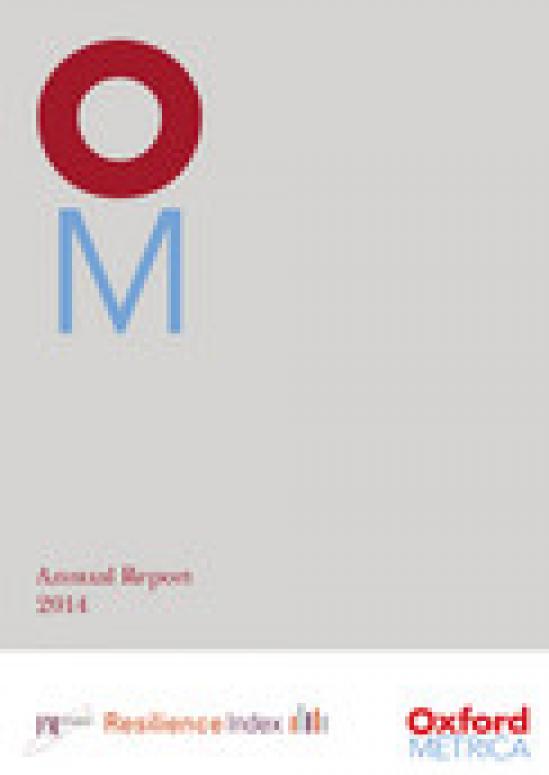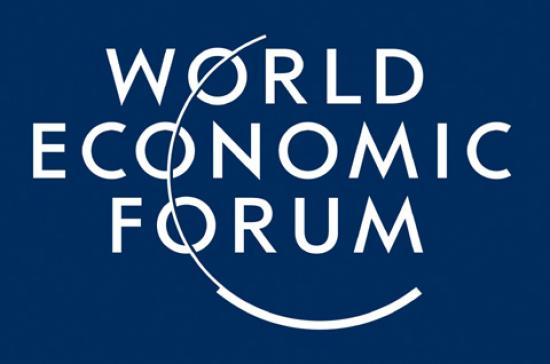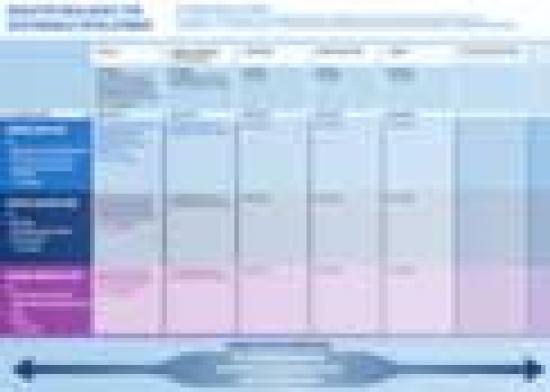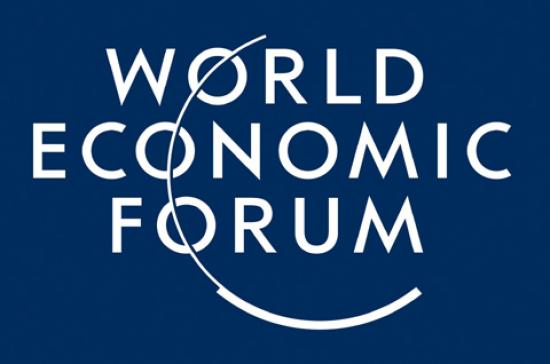In the days following the January 12, 2010 earthquake in Haiti, the World Bank disaster risk management (DRM) community worked to assess the damage, and support the Haitian government plan and enact what would become a massive and protracted recovery from this profound disaster. Accurate and up to date maps of the country were an important component of these planning efforts. These maps came from an unexpected source, a global community of volunteer mappers, who, using their internet connections and access to satellite imagery, were able to contribute to mapping Haiti from their own homes.Following the Haiti earthquake, the World Bank, Google, and several other entities made high-resolution imagery of the affected area available to the public. Over 600 individuals from the global OpenStreetMap (OSM) community began digitizing the imagery, tracing roads, building outlines, and other infrastructure, creating what quickly became the most detailed map of Port au Prince that had ever existed. Volunteers from 29 countries made about 1.2 million edits to the map, performing an estimated year of cartographic work in about 20 days. This effort catalyzed a rethinking of community mapping and open data within the World Bank and other international institutions.






